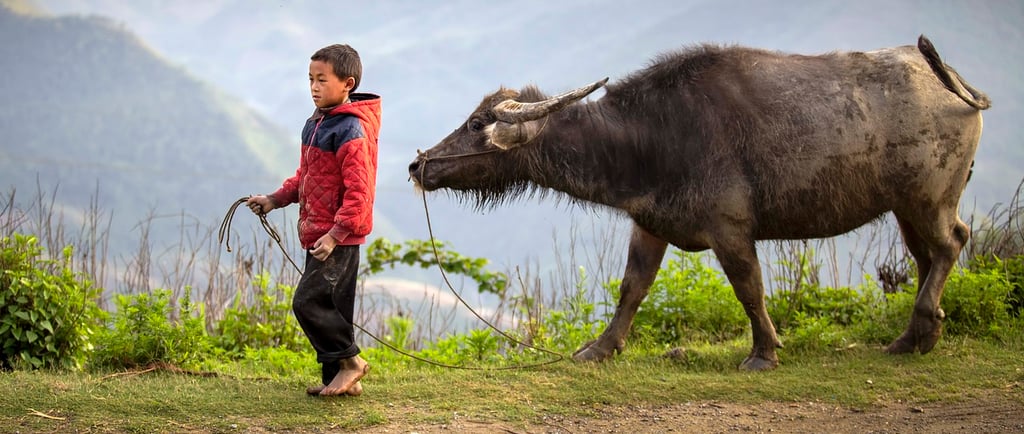The Story of Children’s Rights Day 🌍✨
A story linking to the History Question Charts material 🤔💡 guiding children towards deep explorations into human history 🕰️📖. These charts not only provide fascinating insights into childhood across cultures 👶🌍 but also inspire children to ask broader questions about family 🏡, community 🌟, and the fundamental needs of all people 🌎❤️. 🎨🗺️This material invites children to connect with the lives of the past and discover the shared human experience across time. It’s a journey that bridges curiosity, creativity, and historical inquiry, creating meaningful connections between young learners and the stories of the world. 🌟✨
HISTORY STORIES
11/20/20243 min read


You know that in the past, people's lives did not look like our lives in modern days. 🏙️🚶♂️ But people always strived to improve things, experiment and invent new tools 🛠️,to make life better. Children played an important role in families and communities to make this changes over the years. 💡👧
A long, long time ago, childhood didn’t look the same as the childhood you have today. Back then, children didn’t always go to kindergarten or school to learn math and memorize the timetable. 🏫 Instead, they spent their days helping their families with work, learning trades, or doing other tasks that were important for their community. Today, my story is about you and how your rights have changed through time. 🏛️🌾
In Ancient Egypt 🇪🇬, children were often seen as blessings from the gods and treated as little adults. Wealthy children had the chance to learn to read and write on papyrus 📜, preparing them for roles in government or religious work. While others helped their families by working in the fields 🌾 or learning crafts like pottery, weaving baskets, or fishing along the Nile. Their most important role was to grow strong and carry on their family’s traditions. Girls were typically married between the ages of 12 and 14.
Over in Ancient Greece 🇬🇷, childhood was split into two worlds. Boys from wealthy families often went to school 📖 to learn about math, ideas about life, and how to speak in public. Girls stayed home and learned skills such as spinning, weaving, and cooking. 🍲🧶 🏠. They were not allowed to go to school but were sometimes taught basic literacy by their parents or tutors at home. Children still found time to play games like rolling hoops or wrestling, but their main goal was to grow up and take on adult responsibilities.
In Ancient Rome 🇮🇹, boys and girls had very different roles too. Boys from wealthy families went to school to learn reading, how to debate, and even war strategies 🛡️📖🗣️. Roman girls helped their mothers with household work like preparing meals,embroidery, weaving, 🧵🎨 and taking care of younger siblings. 🏡👶Poorer children, however, worked hard—whether in shops, farms, or even as helpers in wealthy households.
Meanwhile, in Ancient China 🇨🇳, life for the children was similar. Wealthy boys studied important teachings about life and behavior 📜 and prepared for big tests to get jobs in the government. Other children worked in fields or markets or helped their families. Wealthy girls sometimes studied music or calligraphy, but their primary role was to prepare for marriage and family life. 🎵🖌️🏡. Some children played games with stones or kites 🪁, but much of their time was spent helping their families.
In many ancient civilizations, children didn’t have the same rights or protections you have today. This wasn't fair, was it? As time passed, people began to realize something important: children weren’t just “small adults.” They were individuals with their own ideas, dreams, feelings, and needs. 💕 About 200 years ago, during a time when people started working in big factories and building new machines in Europe 🌍, children as young as 5 worked long, dangerous hours in factories ⚙️, mines ⛏️, or even on the streets selling goods. Many people thought this was wrong. They believed children deserved to play, learn, and be safe.
Less than 100 years ago, big changes began to happen. Leaders around the world saw how important it was to protect children. 🌏 In 1959, leaders from nearly every country came together and made a very special promise to protect children. 🎉 This promise said:
Children have the right to play and rest 🛝🛌.
Children have the right to learn and go to school 🏫.
Children have the right to be safe and loved 🛡️❤️.
Children have the right to speak up and be heard 🗣️.
This was a moment when the world agreed: children are precious, and their needs and voices matter.
🌎Now, many countries around the world celebrate Children’s Rights Day on November 20th, but not all. In some places, children’s rights are celebrated on different days. For example, in USA is celebrated in second Sunday of June, In Japan, Children’s Day is on May 5th 🎏, while in Turkey, they celebrate on April 23rd 🌸. Isn’t it curious that the world can’t agree on one universal day to honor children? 🤔 I wonder what it would take for all of us to celebrate together.🌟 We have other ancient civilizations on the shelf! What was childhood like in Ancient Mesopotamia, Ancient India, or even among the Aztecs? 🏛️✨ Or you can ask your parents or grandparents: "What was childhood like when you were a child?" 💬✨
With Montessori joy,
Vanina 😊

